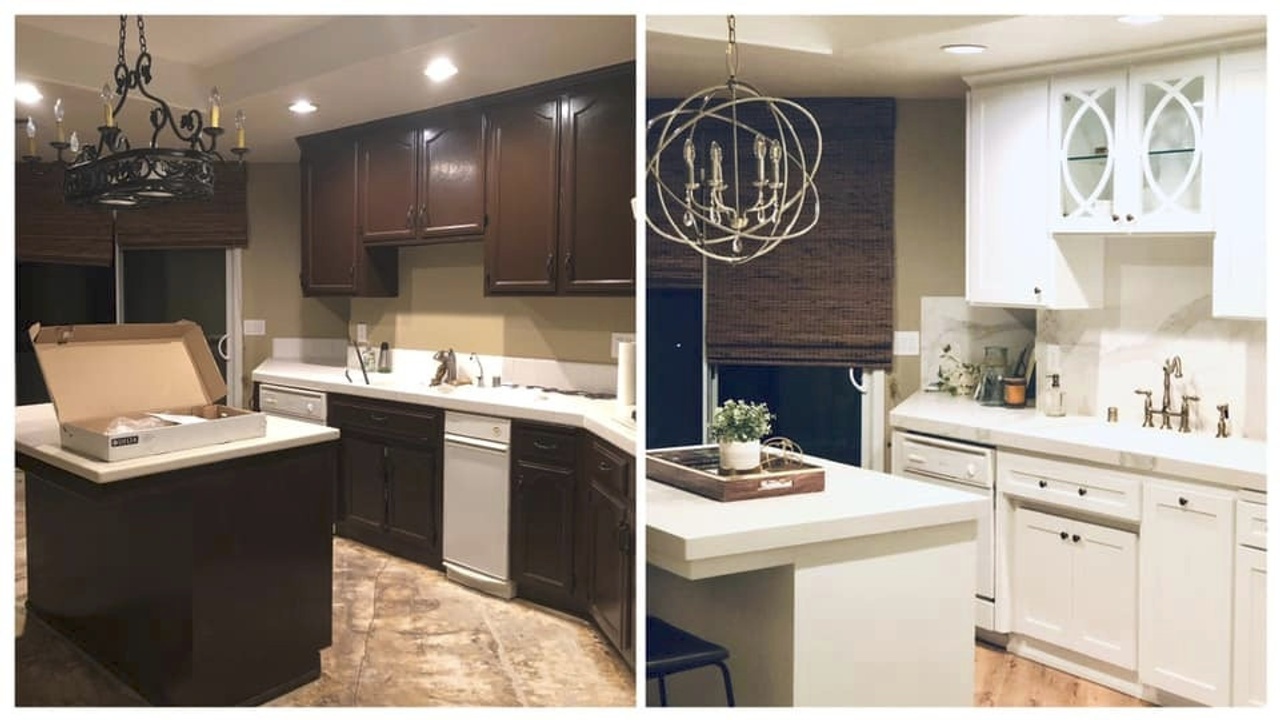
The Short Term Rental Craze - Why you should consider cashing in!
Jul 15, 2021DOWNLOAD YOUR FREE SHORT TERM RENTAL CASH FLOW CALCULATOR
In all likelihood you have a friend or colleague who has purchased a property within the last year that they hope to operate as a Short Term Rental (STR). And if you're thinking - "What's all the hype about??" and you sense some FOMO creeping in, this post is for you.
There has been an explosive demand for Short Term Rentals since the pandemic hit - with restrictions placed on air travel, the shift to working from home and need for social distancing, more and more people have been choosing Short Term rentals over hotels for their vacation lodging.
While I started off as a very passive out of state investor investing in Long Term Rentals, I entered the Short Term Rental space last year. I rehabbed and furnished my STR and had a lot of fun doing it! There are a lot of reasons why I and other real estate investors love STRs, but it's definitely not for everyone. Read on to see if it could be a gamechanger for your portfolio...
What is a STR?
A furnished rental classifies as a Short Term Rental if average duration of stay is 7 days or less (30 days or less if substantial services are provided).

Why pick Short Term Rentals (STR) over Long Term Rentals (LTR) ??
- Higher Cash flow: If you pick the right market and operate your STR efficiently, your ROI Return on Investment could be significantly higher than what you would expect from a LTR - sometimes 2 - 5 times higher. Now if you choose to outsource management - remember that for a Short Term Rental - property managers can charge anywhere from 15 - 30% (as opposed to under 10% for most LTRs) so be sure to factor this into your calculations.
- HUGE Tax savings $$$$: One of the biggest incentives for most real estate investors is the tax savings the IRS provides.
- Depreciation is ” an income tax deduction that allows a tax-payer to recover the cost or other basis of certain property.” Depreciation rules allow the cost of building to be written off as a business expense over 27.5 years for LTRs and 39 years for most STRs; this means that you are in effect generating paper losses (not actual losses) that then shelter your rental income from taxes.
- Cost segregation and bonus depreciation are ways of accelerating your depreciation deduction by breaking down the building components into smaller assets with shorter lives and then using Bonus depreciation to accelerate depreciation for assets with useful life less than 20 years . The Tax Cuts and Jobs Act of 2017 (TCJA) permits a business to write off up to 100% of the cost of eligible property purchased after September 27, 2017 and before January 1, 2023. However, that 100% limit will begin to phase down after 2022 unless this component of the TCJA is repealed.
- For example, let’s say you purchase a rental property for 400,000$ and the assessed value of the land at the time of purchase is 100,000$. Then the value of the building is 300,000$ which you will depreciate over 27.5 years for a LTR (10,909$ per year of write-off, irrespective of whether or not you have a mortgage on the property), which will generate a paper loss for you every year that will shelter a portion or all of your rental income cash flow from taxes. For most STRs you would depreciate the building basis over 39 years. If you did a Cost segregation and Bonus depreciation on this property - you could get close to $100,000 in depreciation to be taken in year 1 that is a paper loss!!!
- Long Term Rental activities are considered passive by the IRS. Passive Activity Loss (PAL) rules state that if your Modified Adjusted Gross Income MAGI is greater than $150,000, passive losses can only be used to offset passive income. If a real estate investors eligible deductions exceed rental income, these losses carry forward and are released on sale of the property to offset capital gains. Exceptions to this rule for Long Term Rentals are when an investor has Real Estate Professional Status REPS :
- More than half of personal services performed in all trades during the tax year were performed in real property trades
- Performed more than 750 hours of services during the tax year in real property trades or businesses in which there was material participation.
- Short Term Rental activities are not considered Passive : by the IRS. So in order to take the $100,000 in depreciation losses as active losses to tax shelter your active income all you need to do is MATERIALLY PARTICIPATE!! which you can easily do if you are self managing your STR. Of the 7 criteria you will find in the link, only one needs to be met - the first 3 rules are the easiest to meet. Please consult your CPA to see if this works for your specific scenario.
-
STRs WIN THIS ROUND BY A LANDSLIDE!!!
- Better financing terms: If you initially purchased the property as a vacation/ second home - you likely put down a lower down payment and got better interest rates. This translates into potentially better ROI for your STR.
- Personal / Dual use: If you have a vacation home, you could use it as a STR when you are not personally using it. Or you could rent out a portion of your home or an ADU (Accessory Dwelling Unit) as a STR. This just translates to additional income $$$ - who would say no to that? As long as you restrict personal use of your STR to less than 14 days in the year or less than 10% of days rented, your STR tax filing remains straightforward.
Use Caution
As enticing as Short Term rental investing seems, it is riskier than investing in Long Term Rentals and there are steps you should take to mitigate your risk.
- Local Regulation: keeps changing, so ensure you know what currently exists and what changes are around the corner. It is always safer to pick a market that thrives on tourism and is likely going to remain pro STRs.
- Know your numbers and assumptions : Remember to run conservative estimates- there are more assumptions with STRs as opposed to LTRs - vacancy and Average Daily rates (ADR). Don't forget to factor in accurate property management and STR insurance rates, utilities, supplies and cleaning services. Access my FREE SHORT TERM RENTAL CASH ON CASH RETURN CALCULATOR here.
- Be committed to more work: Don't forget that STRs tend to be more labor intensive compared to Long Term Rentals - especially if you are trying to materially participate and self manage your property for higher returns. There is the initial furnishing followed by constant turn over - it is imperative to have systems in place to ensure smooth operation.
With my risk appetite and my affinity for more passive investing, my portfolio is likely always going to be heavily weighted towards LTRs. But I do think that there is a place for Short Term Rentals in most portfolios and high income earners should give serious thought to investing in Short Term Rentals. Which is why, inside my signature program "Creating Generational Freedom" I teach you how to master investing in both Long Term and Short term Rentals. Click here to learn more...
DOWNLOAD MY FREE SHORT TERM RENTAL CASH ON CASH CALCULATOR
Looking for Resources to help you Start or Scale your Real estate portfolio so you can hit Financial Independence faster?
Stay connected with news and updates!
Join our mailing list to receive the latest news and updates from our team.
Don't worry, your information will not be shared.
We hate SPAM. We will never sell your information, for any reason.


